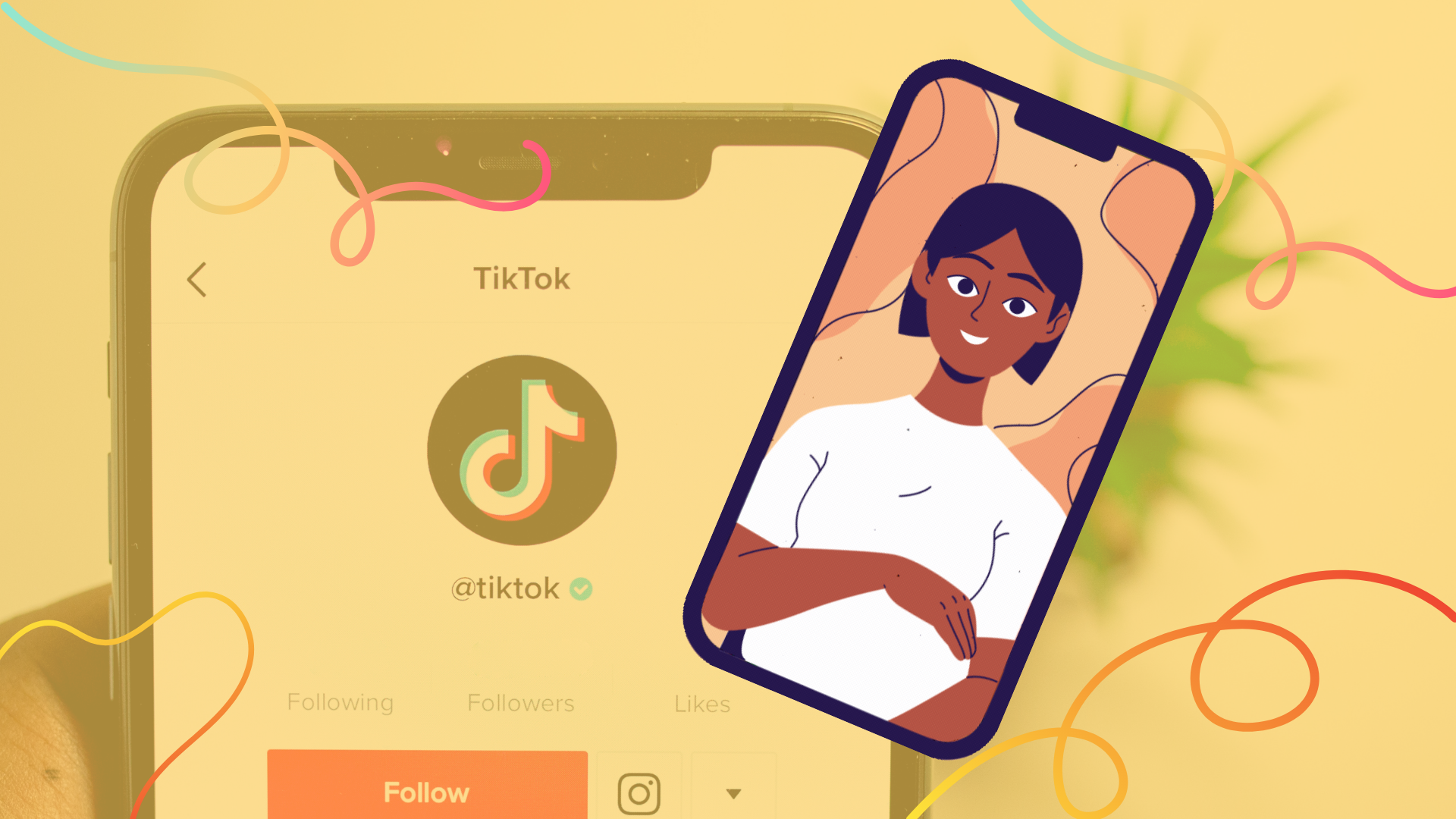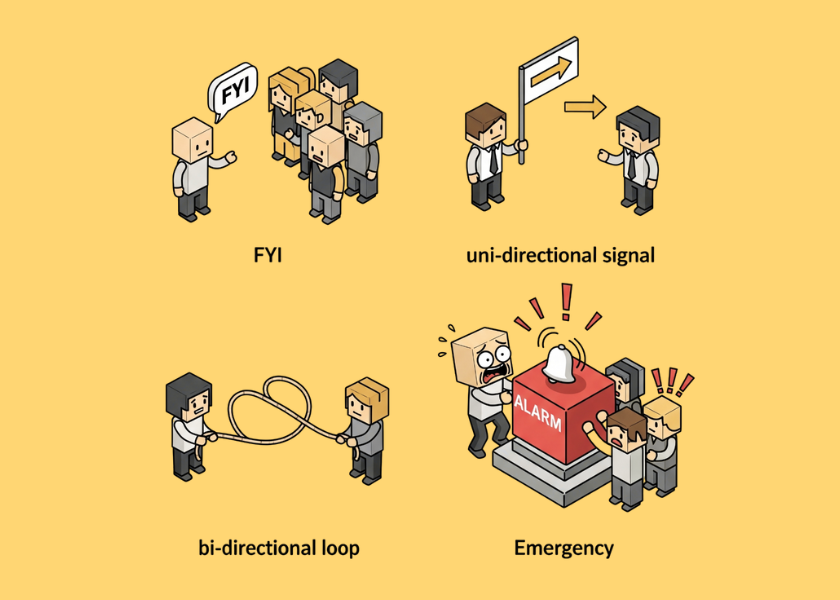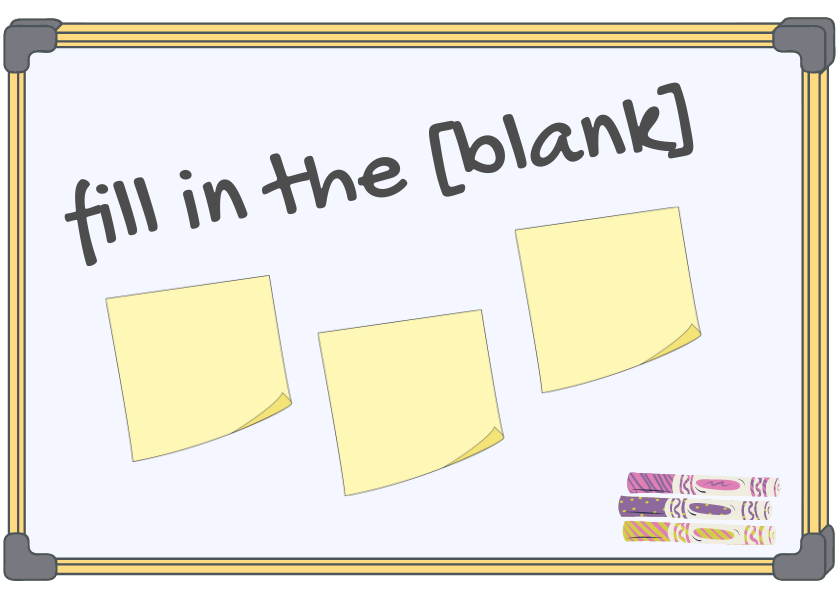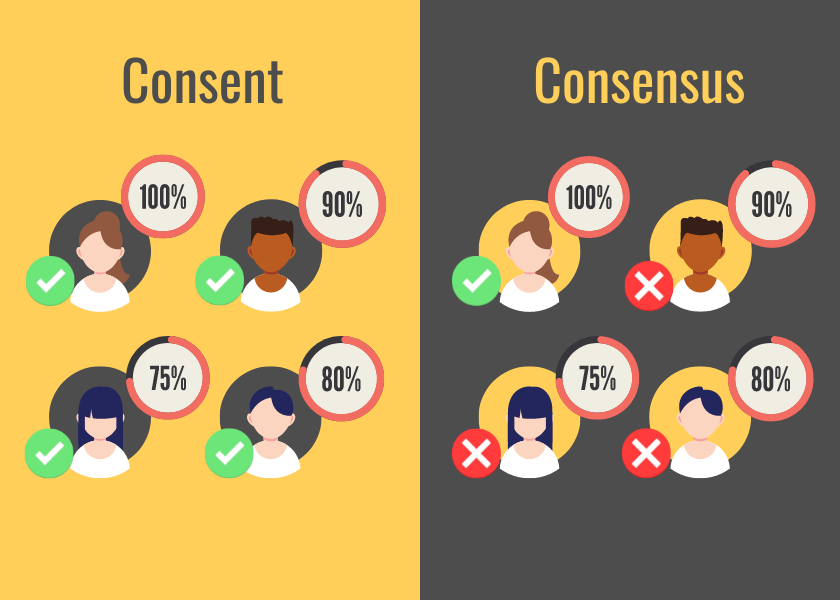7 Team Engagement Lessons Inspired By TikTok
Steal the best ideas from social media to get your people engaged with important information

For better or worse, there is one industry that is fantastically good at keeping people engaged: social media.
Each new social media platform brings with it a host of techniques that are exquisitely well tuned to capturing the attention of audiences. A lot of the time, as a species, we seem to have resigned ourselves to using these techniques merely to host dance-offs, karaoke competitions, cute babies and even cuter pets.
Great HR-tists Steal
Why not take all that tooling and knowledge and apply it internally to the things we care about in professional life? We want our teammates to focus on the things we believe will help them be successful. We want them to...
- Internalize the organization's recruiting brand and values
- Know how to request home working equipment
- Understand how to get their expenses sorted out smoothly
- Navigate their benefits effectively
- Learn about and contribute to upcoming company retreat plans
- Etc...
We also know that traditional approaches to training and information dissemination yield (at best) mediocre results. So let's pick a social media platform that's doing well and see what ideas we can borrow.
TikTok O'Clock
TikTok's rise has been meteoric and that much success doesn't happen without getting some key things right. If we care about creating engagement around valuable content, TikTok is a great place to look for inspiration on how to do it.
There are lots of pieces to the TikTok puzzle but it starts with the central concept that all of the videos are short. When you establish this as your fundamental starting point, it pushes hard on your creativity to pack sufficient value into a small space - to be clear - to be precise - to move quickly and with energy.
Here are 7 lessons we can learn from the way creators use TikTok to engage their audience...
1. Bitesize Is Good
Think about all of the recent advances in micro-learning. From the science of instructional design, we know that brains need space to take in concepts and let them breathe. People learn from nuggets of information far better than they do from waves. In particular, that type of learning is shown to be far more sticky. The goal here is to break up the content and make it episodic.
You want your teammates to know 5 key things about applying for benefits? How about breaking them into five ultra-short videos and delivering one to their inbox / feed each day.
2. Variety Keeps Us Engaged
Switching between ideas is usually a terrible idea for productivity but it turns out to be pretty useful when people are learning. The brain craves novelty so switching contexts can act as a palette cleanser and help reduce learning fatigue. Just don't combine context switching with the need to do deep work (that's a disaster every time).
You can create an energizing rhythm to your content simply by rotating the subject matter and keeping things time-boxed. For example, send out three, 30-second videos - one about how to write better emails (learning), one with a recipe for an energizing lunch (wellbeing) and one with today's company performance update (internal comms).
3. Structure For Easy Consumption
It's not unusual to find company info on wiki pages and shared drives. We're used to making information available for self-service access so that colleagues can get the information they need when it's most convenient. Often these help pages are long and full of links. However, the longer a piece of content is, the less 'effectively self-service' it is. People have to work harder to make time and mental space for it. Instead, think about how the structure and length of the content itself contributes to how easy it is to consume asynchronously.
Picture someone sitting in a meeting room waiting for the meeting to start. Or equivalently, imagine someone waiting for coffee to brew. What format would best serve their needs?
4. Video Is King
This can't be a surprising conclusion in 2021 and yet there is a huge, untapped opportunity to switch internal comms and learning content to include more short-form video content. If you believe equipment or training is a barrier, think about how effortless TikTok, YouTube and others make it to record a quick video.
A smartphone, a cheap tripod and some earphones with a built-in microphone are more than enough to get started with. Beyond that, the things we've been using throughout 2020 to improve video calls (such as ring lights) can all be helpful and inexpensive.
5. Be Scrappy
This is important not only because it allows you to move faster but also because it's a cultural marker of authenticity. Being yourself and offering content in an unpolished way is a signal that the content's value should speak for itself, without the benefit of slick production values. The two production quality things that really matter - audio and video quality - are basically non-problems with modern devices and software.
Being scrappy also allows you to be responsive. Imagine you were asked essentially the same question by 5 different people today, you could knock out a 30 second video answering that question and it'll only take you a couple of minutes. This kind of responsiveness is often missing when we are more ceremonious about the flow of information.
6. Keep Things Playful
TikTok-ers are always coming up with creative ways to invite comments and responses to their content. By introducing a quick game for watchers to play, you create an inviting, inclusive, creative atmosphere.
Try out a variation of the Getting To Know You song for new joiners. This could be a fun way for them to 'launch' themselves into the company.
7. Be Collaborative
TikTok's dueting feature allows users to create content by adding their own video to an original video, with both videos appearing side by side on screen in a square format. Similarly, its stitching feature allows users to compose original work by including other videos in their own video. Think about how one-way your learning / guidance content currently is. How much more engaging (and, perhaps relevant) might it be if teammates could endlessly remix it according to their needs, tastes and creative impulses?
Imagine you want to help everyone understand a new PTO policy that will give everyone an extra 5 days off. You could ask people to talk about what they would have done with an extra 5 days added to the end of their favorite vacation and encourage them to use props. Imagine the final videos that start with you saying "with an extra 5 days in..." and finish with a colleague saying "...Hawaii, I would have finally learned to paddleboard properly".
Next Steps
From here, it's all about diving in and trying something. Here are a few more video ideas to get your creativeness flowing...
- Recruiting: A Day In The Life Of An Engineer. Featuring short interviews about company values and culture.
- HR: How to Change Your Address or Key Concepts From Health Benefits.
- Product: How to Make A Basic Roadmap In Google Slides.
- Engineering: How To Use Our Company Code Repo.
- Learning: The Essentials of Feedback. A series of simple tips and demos.
If you get a chance to try any of these ideas out, we'd love to hear about how it went.
We offer consulting to teams who want to improve their employee experience and learning programs. Get in touch if you'd like to discuss it.


